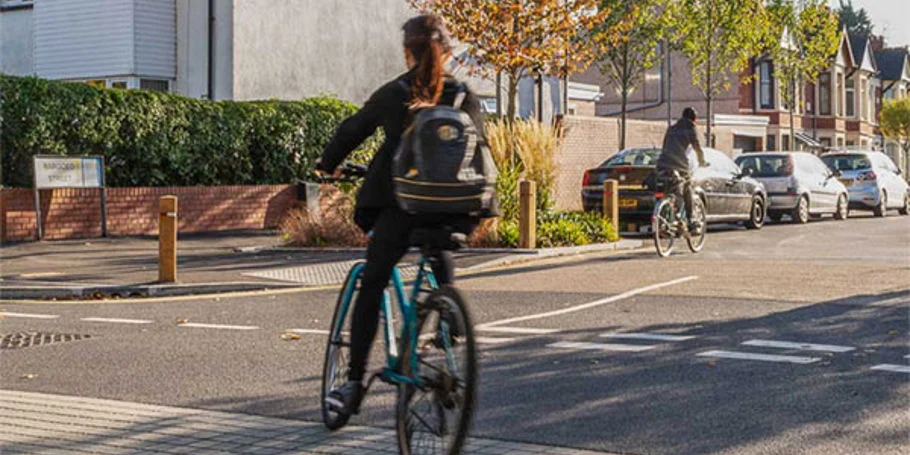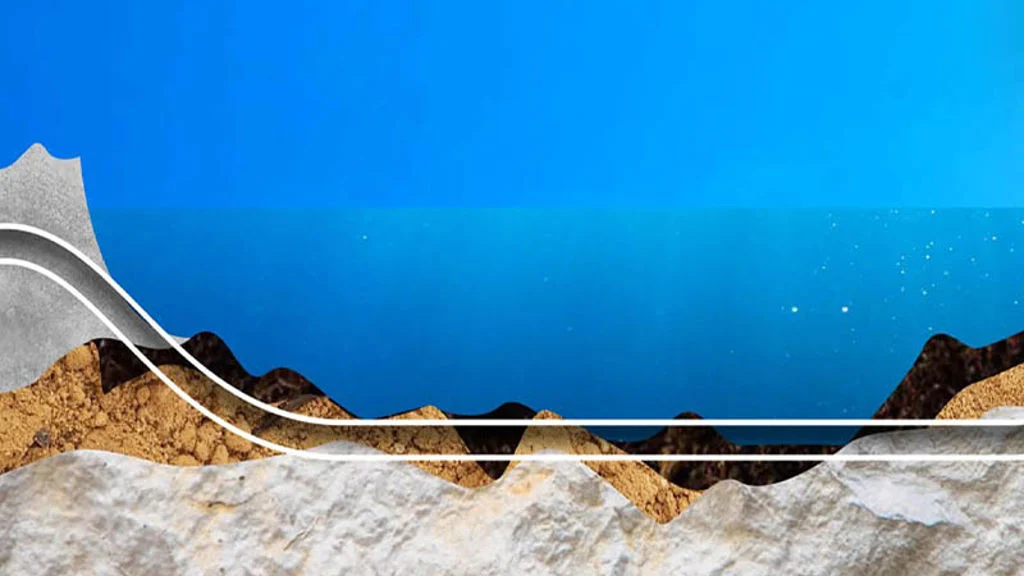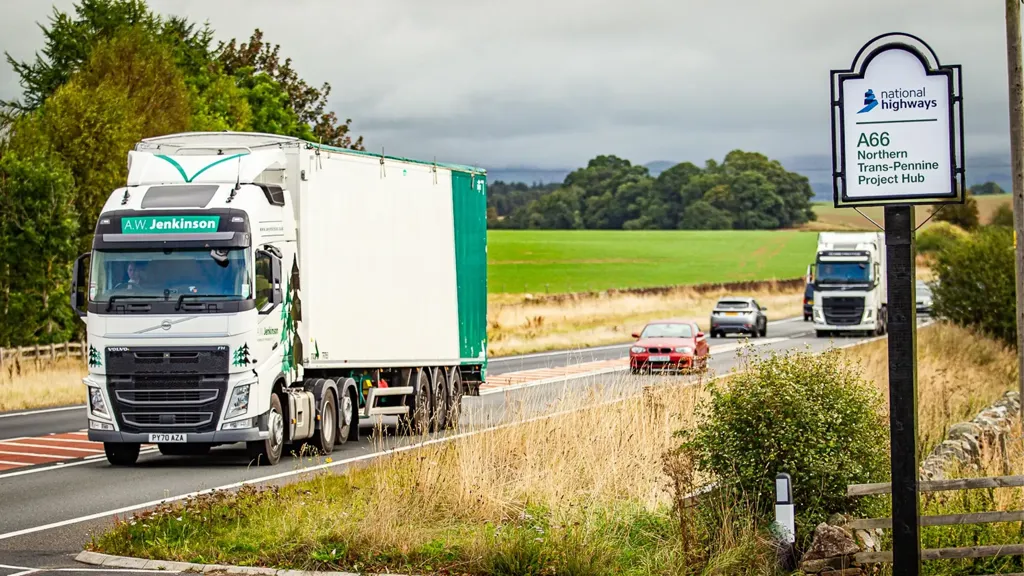In Siem Reap, Cambodia and Luang Prabang, Laos – both home to world-renowned UNESCO World Heritage sites – the existing road infrastructure network is being stretched to its capacity. Both cities are faced with common challenges, including population growth, urban development, predilection for driving (mainly on two-wheeled vehicles) and an increasing vehicle fleet, road safety issues, along with emissions and congestion.
The World Bank commissioned Arup to develop a vision and plans to facilitate greener mobility for the two cities. The aim was to catalyse a modal shift to walking, cycling, non-motorised transport (NMT) and public transport to preserve the unique heritage sites which serve as an economic driver through tourism.
We conducted extensive research and employed data-driven methodologies to design and implement a green mobility plan. This included developing city-level and street-level green mobility indices for benchmarking, and leveraging geolocation data to inform the planning of public transport, walking and cycling routes.
This project facilitates sustainable urban development, reduces environmental impact, and preserves the cultural heritage of two key tourist destinations. By transforming transportation infrastructure, the project helps cities manage urban growth effectively and sustainably, promoting a higher quality of life for both residents and visitors. This approach and the evidence-based methodology could also be applied to help other similar cities develop their own plans to transition toward more sustainable and green mobility.







